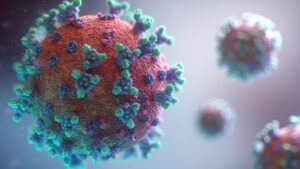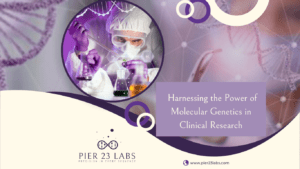Gene editing, a scientific technique that allows for precise, targeted changes to the DNA within an organism’s cells, is heralding a new era in medicine and innovation. This technology, particularly the CRISPR-Cas9 system, has the potential to transform our world. Gene editing has already shown significant promise in the medical field, with researchers exploring its use for the treatment of genetic diseases like sickle cell disease, cystic fibrosis, and cancer. Beyond medicine, gene editing could also drive innovation in agriculture and other fields. However, with this new power comes ethical considerations that must be carefully considered. In this blog post, we will explore the implications of gene editing, its potential benefits, and ethical considerations.
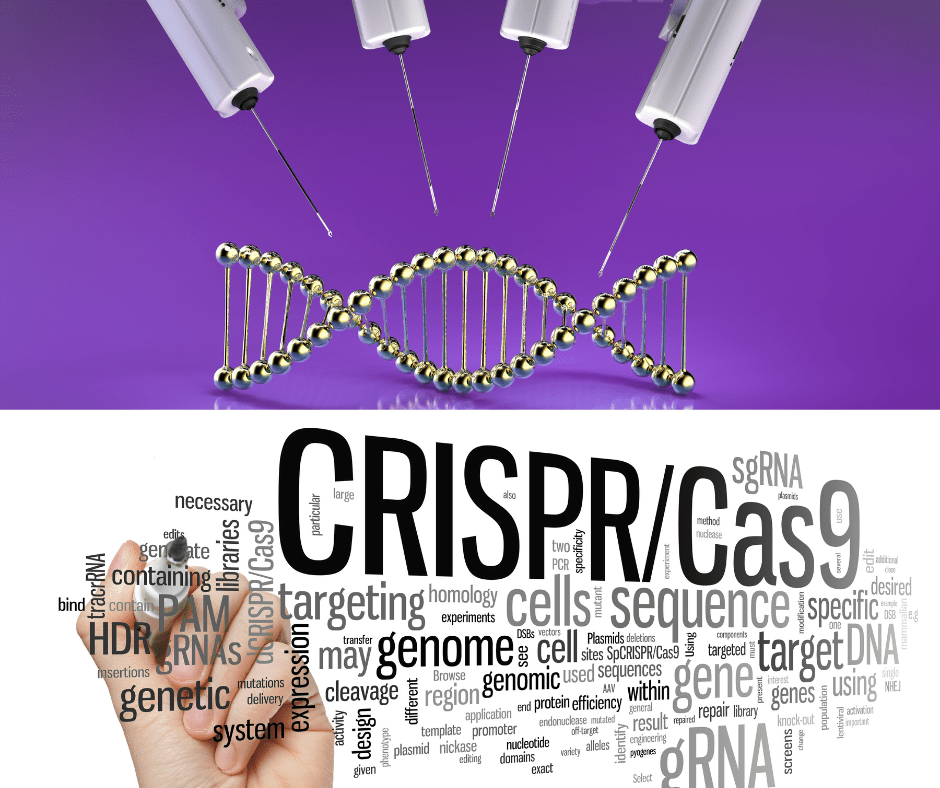
What is Gene Editing?
Gene editing, in simple terms, is like using molecular scissors to cut and paste DNA at specific locations. This allows scientists to add, remove, or alter genetic material in an organism’s genome. The most popular tool for this is CRISPR-Cas9, a revolutionary technology that is cheap, quick, and easy to use. The CRISPR-Cas9 system has been called a “game-changer” because it allows for precise changes to be made to the genome of a cell.
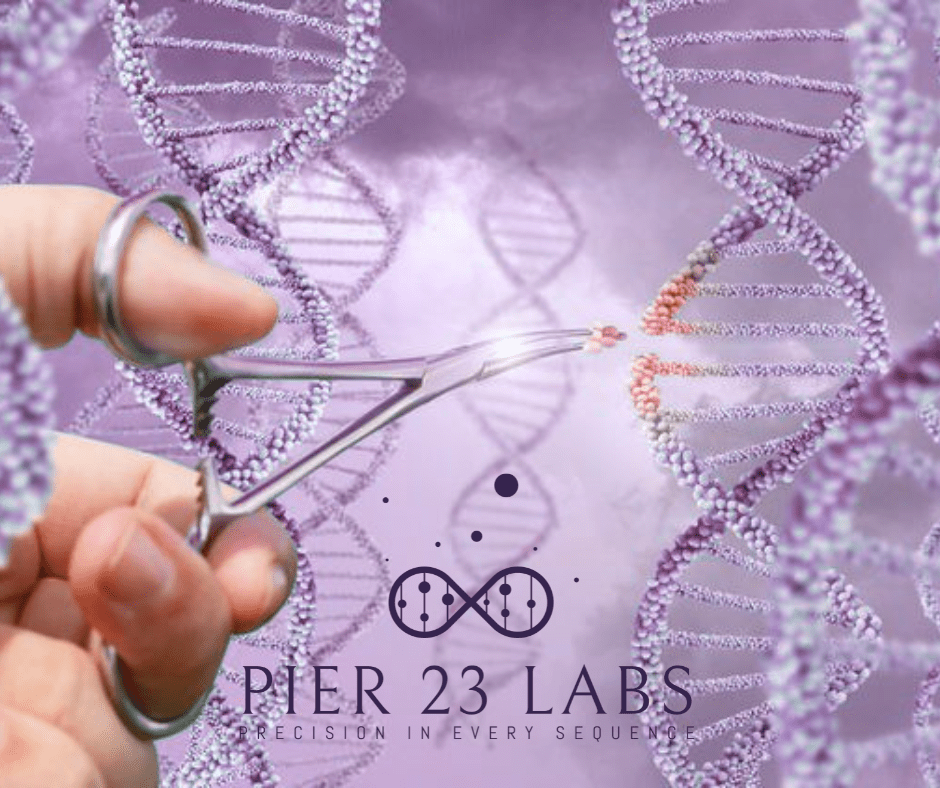
How Does CRISPR-Cas9 Work?
CRISPR-Cas9 is a genome editing system that was adapted from a naturally occurring immune defense system in bacteria. The system uses a molecule that guides molecular shears to a specific spot in an organism’s genome, and a protein that can snip DNA.
The molecule, called RNA guide (gRNA), locates the target site and the protein, called Cas9, cuts the DNA at that site. Whenever there is a break in a cell’s DNA, the cell tries to repair the break by joining the two pieces back together.
CRISPR-Cas9 in its original form is a homing device (the CRISPR part) that guides molecular scissors (the Cas9 enzyme) to a target section of DNA. Together, they work as a genetic-engineering cruise missile that disables or repairs a gene or inserts something new where the Cas9 scissors have made some cuts. Newer versions of CRISPR are called “base editors.” These can edit genetic material one base at a time, without cutting. They are more like a pencil than like scissors³.
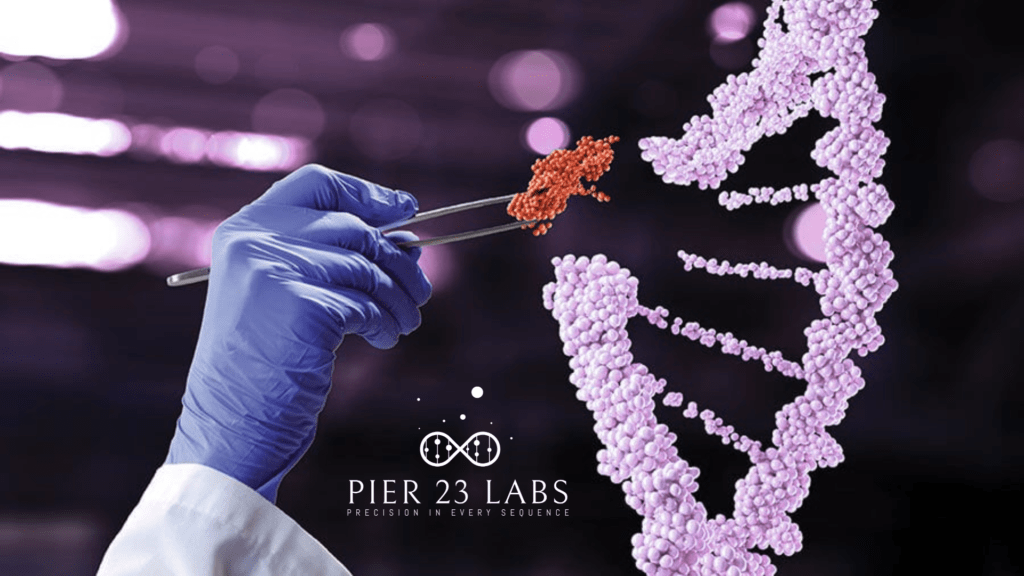
Gene Editing in Medicine
The implications of gene editing in medicine are profound. By modifying the genes associated with certain conditions, we could potentially cure genetic diseases. For instance, researchers are exploring gene editing for the treatment of sickle cell disease, cystic fibrosis, and even some forms of cancer. The potential for gene editing in medicine is immense, and it’s an area where we could see significant progress in the coming years.

The Power to Change
Beyond medicine, gene editing could also drive innovation in numerous fields. In agriculture, for example, scientists could engineer crops to be more resistant to pests, diseases, and harsh weather conditions, thereby increasing food security. Gene editing could also be used for environmental conservation, to protect endangered species, and to develop new materials and products. The possibilities for gene editing are endless, and this technology has the power to transform our world in many ways.
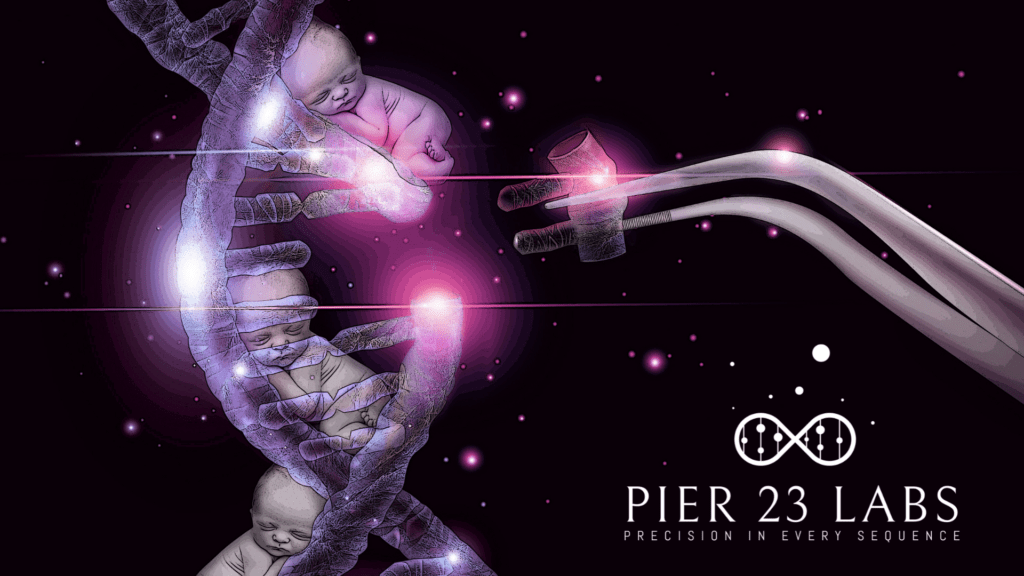
Ethical Considerations
While the potential benefits are immense, gene editing also raises ethical considerations that cannot be ignored. For example, there is debate about the use of gene editing for “enhancement” purposes, such as creating “designer babies” with certain traits. There are also concerns about the potential for unintended consequences, such as off-target effects, that could be harmful to the environment or to humans. As we continue to explore the possibilities of gene editing, it’s important that we address these ethical considerations and ensure that the technology is used responsibly.

Conclusion:
Gene editing is a powerful technology with the potential to transform our world in many ways. In medicine, gene editing could lead to cures for genetic diseases that have long eluded us. In other fields, gene editing could drive innovation and lead to new materials, products, and technologies. However, as with any powerful technology, gene editing also raises ethical considerations that must be carefully considered. As we move forward with gene editing, we must continue to ask questions, engage in dialogues, and ensure that this technology is used responsibly.
Remember, the future of gene editing holds great promise, but it’s a power that must be handled with care. As we stand on the brink of a new era in medicine and innovation, the decisions we make today will shape the world of tomorrow.



